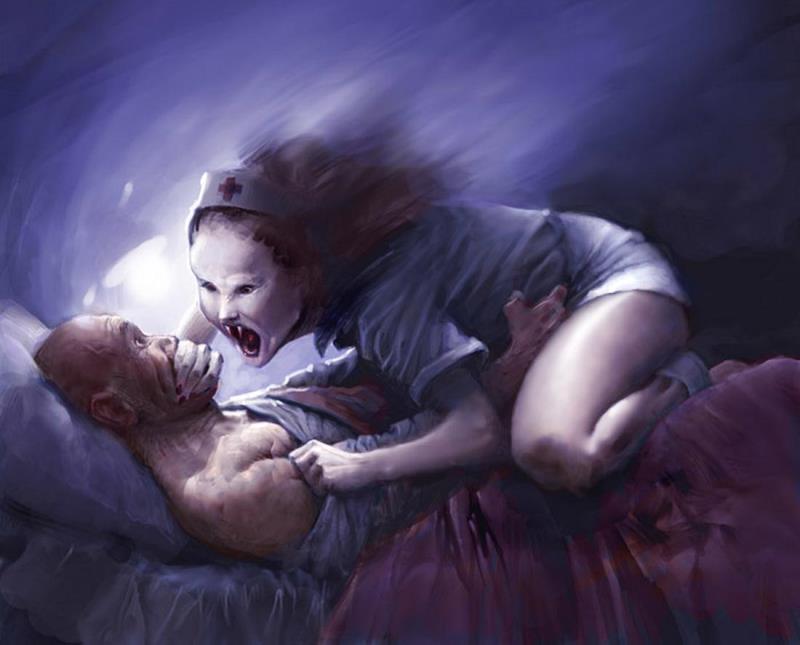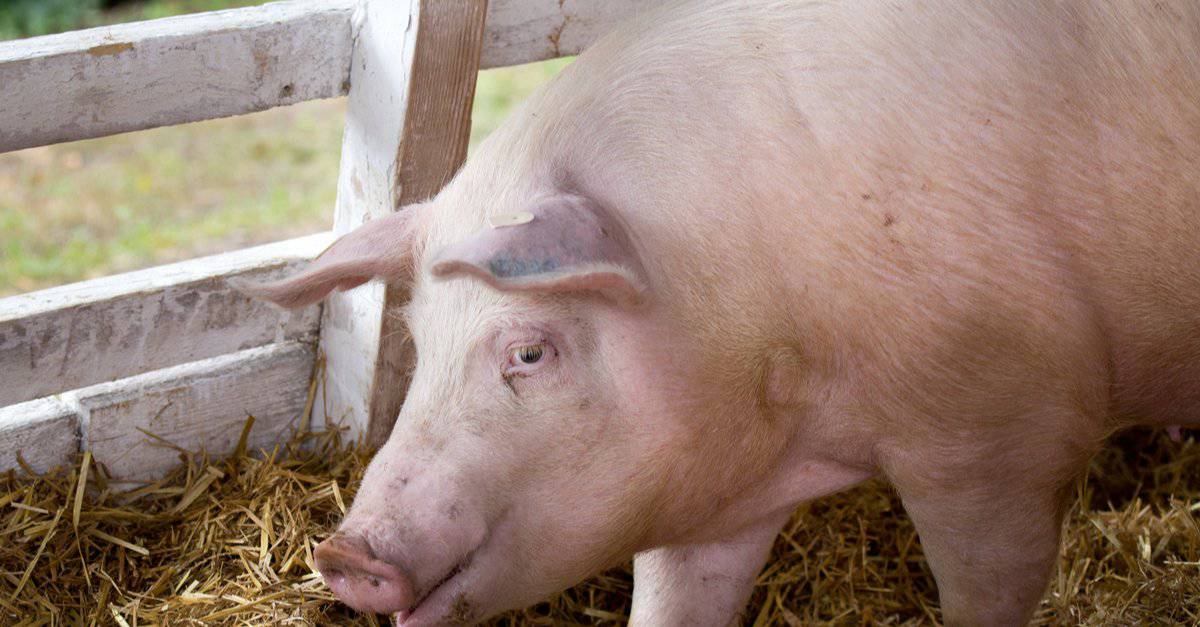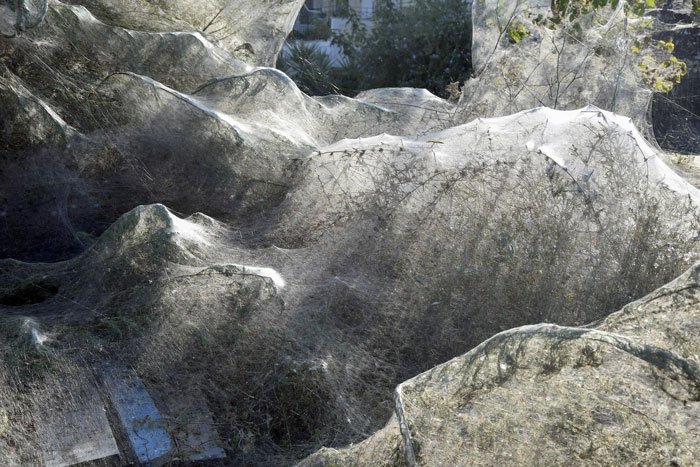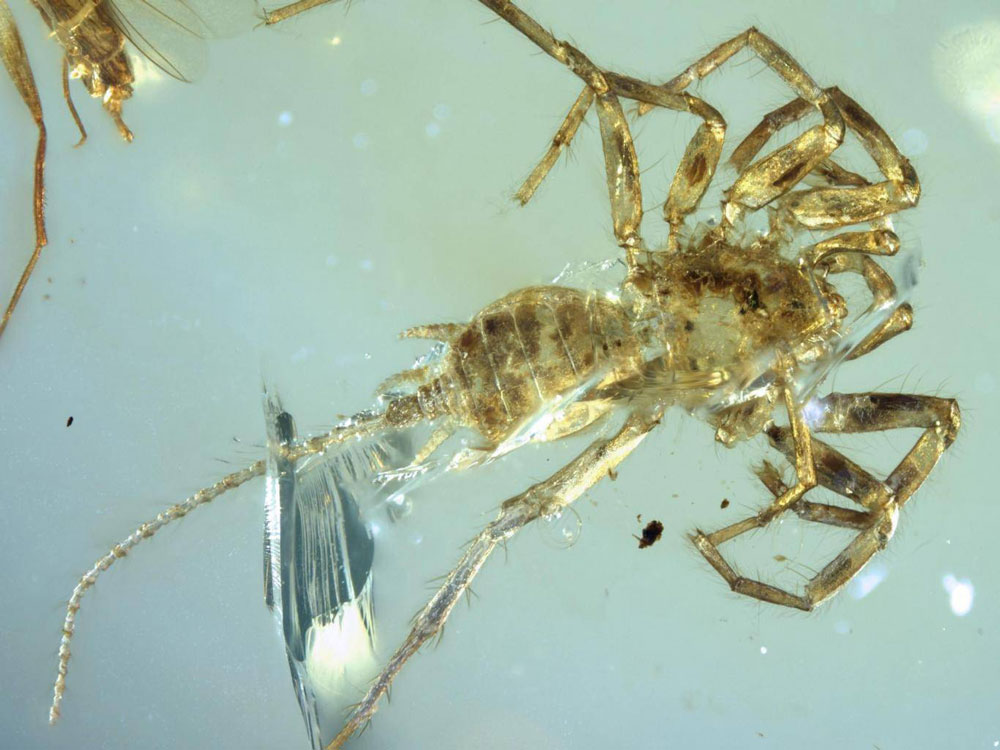The strange occurrence of sleep paralysis has been widely experienced by many cultures, and a recent review is trying to make sense of the eery experience.
Creepy stories of sleep paralysis usually involve waking up – usually from a bad dream – and being unable to move in your bed at all. Many have also spoken about hallucinations of dark figures or a creepy presence in the room, or an ‘old hag’ dressed in black sitting on the persons chest, with a feeling of suffocation. Here’s the kicker for me though – many cultures far and wide seem to experience very similar hallucinations. Scary.
Many cultural explanations for the phenomenon explain the experience ranging from aliens and alien abduction to demons creeping into people’s bedrooms and sitting on their chest in their sleep, according to a review published in ‘Frontiers Of Psychology’ in September.
Some cultures even explain sleep paralysis by using tales of spells being cast by shamans or summoners, such as the Inuit Culture, who tell of shamans who can cast a spell on someone asleep, causing what they call ‘uqumangirniq’, where the person cannot move, talk or scream, and is visited a faceless presence.
Led by José F. R. de Sá of the Jungian Institute of Bahia in Brazil, the review shows how a single biological phenomenon is interpreted by many different cultures and societies.
The biological explanation for the sleep paralysis phenomenon is that 2 aspects of REM sleep, dreaming and paralysis, occur at the same time while a person is actually awake. According to researchers, sleep paralysis is much more common than believed, and happens just as people wake up.
During REM, the brainstem paralyses the body by inhibiting motor neurons, to stop humans from acting out their dreams in their sleep (wouldn’t that be an interesting sight otherwise).
Is sleep paralysis simply a biological occurrence easily explainable as hallucinations caused by dreaming in an awake state? Or is it something more sinister?
Read more about the study here at LiveScience.





